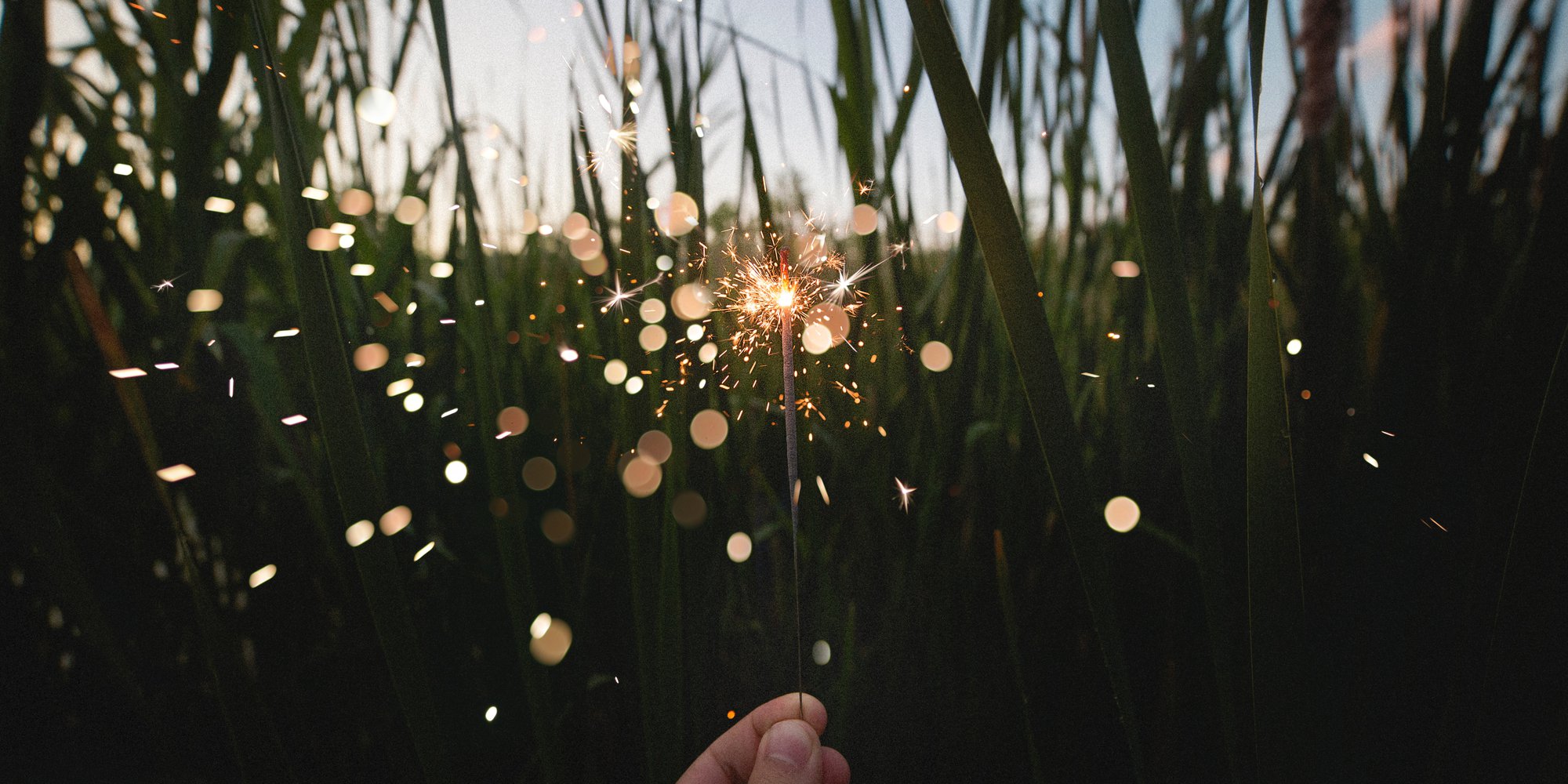The Secrets to Developing a Stellar Creative Product
What goes into the special sauce?
It’s not easy to bring a big creative idea to life. One percent inspiration, 99 percent perspiration. That’s the axiom. While it’s not saving lives, a lot of hard work goes into finding the right tune to make your product or service sing. It takes experience, trust and bravery. More on that later.
The heavy-lifting piece of the proposition is often underestimated. It’s assumed that the idea just blooms like a flower. In reality, the act of blooming involves a myriad of harmonious biological processes. The same goes for creative development (give or take the biology).
For awe-inspiring creativity to bloom, we need answers to smart questions. Not only do we need to be curious enough to ask, but our clients need to be forthcoming enough to offer thorough insight. When we know the background story, our creative thinking is less likely to be off the mark. It’s going to be smart, thoughtful, clever and even brilliant at times.
Fostering creativity
Here’s a look at some of the tools and processes we use to spark effective creative development.
- Strategic foundation: A message-first approach lays a ground work for the core components of your brand story – and how your tone and style connect to that story. We never go blind into the exercise of developing a creative product. So, if you come to us looking to sell more pizza, we don’t immediately jump to: Let’s make it about Italy! Instead, we want to know what’s different about your pizza – your recipes, ingredients, employees and customers. That’s how we discover the real magic for the creative idea.
- Clear deliverables: Our scope of work clearly defines what you’re buying and what you can hope to gain from it. Sometimes that means hashing out the details of what you will or won’t get. We also try to let you know if you’re asking for something out of scope. We’re always happy to re-cost, but we can’t give more for less. That’s not good business.
- Creative briefs: If you don’t provide them, we develop them so the entire team – creative directors, copywriters, designers, etc. – is on the same page. If a project is unsuccessful, there’s a good chance the brief didn’t exist or didn’t provide sufficient input. A smart creative brief answers questions like: What are the objectives and expectations? Who is the audience? What are the design parameters? What formats are needed? By providing clear direction upfront, we can avoid multiple revisions or course corrections that burn through time and money.
- Share WIP: Work in progress. It’s important to show you the deliverables as they’re being formed. We develop outlines, storyboards, wireframes or other “rough” structures to show you where a piece is headed from a creative standpoint. Getting your input on these items early and often can help to avoid any misfires.
- Reviews & feedback: We always establish clear timeframes or milestones. We also establish a protocol for how to deliver clear feedback. Here’s more on how clients can provide effective feedback to efficiently drive the process forward.
- Evaluation: Once we’ve nailed down the right creative, we provide “lenses” to evaluate if it’s on-point. Examples include: Is it sharable? Does it connect emotionally? Is it the right tone? Does it inspire purchase? Is it aligned with brand strategy? This Forbes article does a great job of outlining smart measures for evaluating creative effectiveness.
All of these efforts are clearly mapped out in masterful timelines and workflows created between our creative and account teams. Again, we like harmony.
Trust the creative team
Creative teams do amazing work when the right tools and processes are in play. We’re like athletes in some ways. We’ve spent years honing our skills and mastering our tools. It’s been my job for nearly 20 years to be creative, accurate, efficient and effective for 40+ per week. I don’t have luxury of writer’s block. I can’t sit on a draft for a year. I have to get out on the court and play. And I better not miss that three-pointer or my agency is at risk.
Trust that your team knows what they’re doing, especially when they’re armed with the right inputs to make magic.
Be brave
All of the process and hard work aside, great creative requires fearlessness. We must be willing to put unconventional ideas out there – and try them. With this bravery can come failure. It happens, but it’s never really a disaster. It’s a way to learn, perfect and continue on to great places.
Those that quit in the face of failure are selling the process short. What always comes to mind in “fail” situations for me is that Thomas Edison quote: “I haven’t failed. I’ve just found 10,000 ways that won’t work.” From there, the big idea is waiting. We just need to keep going after it – and then create it with purpose.
Why does any of this matter?
Because your creative makes or breaks the success of your marketing efforts. It’s that simple. When the creative works, the brand sells. This report from Nielsen says it best: Creativity is still king. Overwhelmingly, it’s the determining factor of campaigns successfully driving sales.
But, creativity doesn’t live in a silo by itself. The best creative has to be placed in the right context and meet the audience at the right place and time. Otherwise, it’s like a needle in a haystack. It takes knowing your audience on an intimate level – where they spend their time and the media that they consume.
When we do the upfront work, get the creative idea right, place it where our audience spends time and add in a dash of amazing execution, it works every time.
About the Author
Julie Jones is the Vice President of Communications Strategy at Muse. With over 15 years of experience as an award-winning creative director and copywriter at leading advertising agencies, she has delivered powerful brand and content marketing strategies to a diverse portfolio of clients in the health care, manufacturing, technology and consumer products industries. Some of her most notable clients include University Hospitals, Legacy Health System, GE Lighting, Ferro Corporation, Arconic and Cub Cadet.
More Good Reads

Modern Wellness Customer Personas: 2025
How to target different wellness motivations of consumers, updated for 2025.

Your Marketing Playbook for Consistent Planning & Execution
Gain direction & cohesion for your marketing efforts using our free marketing playbook. Save your marketing department time & resources.

